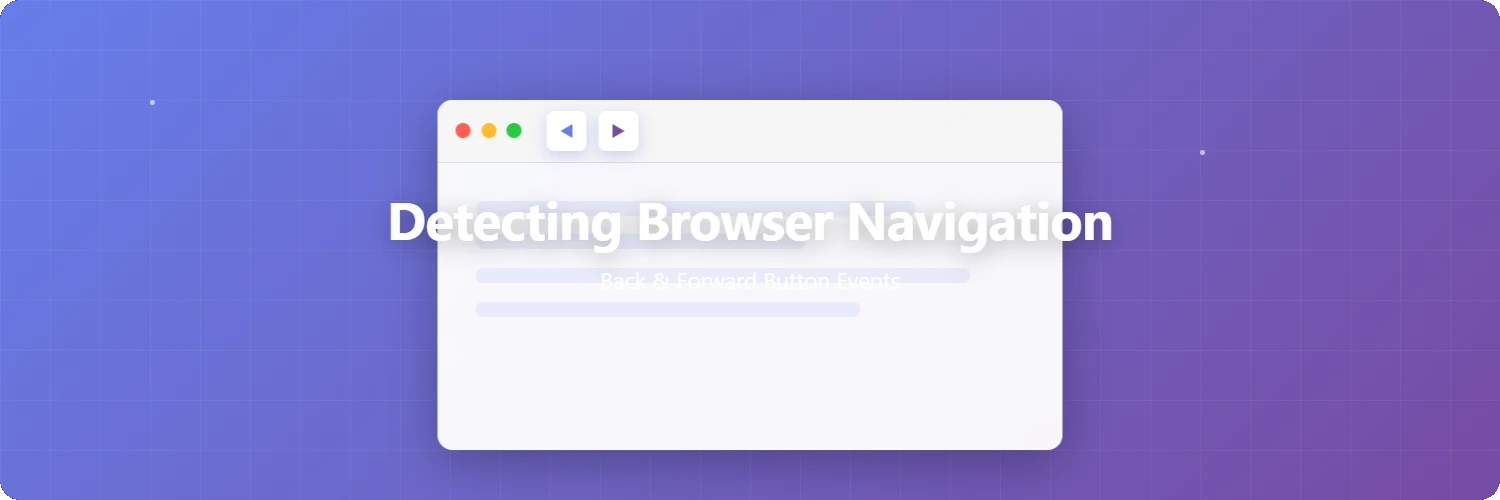Generating DDL with Entity Framework Core (Script-Migration)
Table of Contents
Introduction
Entity Framework Core (EF Core) allows you to update the database using a procedure that doesn't directly involve SQL: "model changes → migrations → database updates". However, in a production environment, you might need to update the database using SQL directly, or you might want to confirm what SQL will be executed before making database changes. EF Core can generate DDL scripts to update the database based on the differences between migrations.
Execution Command
To generate SQL scripts for the differences between migrations, use the following commands.
dotnet ef migrations script [From] [To] [--context AppDbContext]
or
Script-Migration From [From] [To] [-Context コンテキスト名]
From
SQL is generated to apply migrations afterFrom(From <).
Fromis not included in the target migrations.To
SQL is generated to apply migrations up toTo(≤ To).
Tois included in the target migrations.
IfTois specified,Frommust also be specified.
- -Context コンテキスト名
If you are using multipleDbContexts in a single project, you need to specify the target context.
Examples
Let's use the following migration history as an example.
Migrations/
├─ 20230516073612_Hoge_A.cs ... (A)
├─ 20230705015302_Hoge_B.cs ... (B)
├─ 20230705023114_Hoge_C.cs ... (C)
└─ 20230705075249_Hoge_D.cs ... (D)
Generate SQL to apply all migrations
dotnet ef migrations script
Generate (B) + (C) + (D)
Specify "after (A)".
dotnet ef migrations script Hoge_A
Generate (B) + (C)
Specify "after (A), up to (C)".
dotnet ef migrations script Hoge_A Hoge_C
To output to a file
Use the --output option.
dotnet ef migrations script --output update.sql




